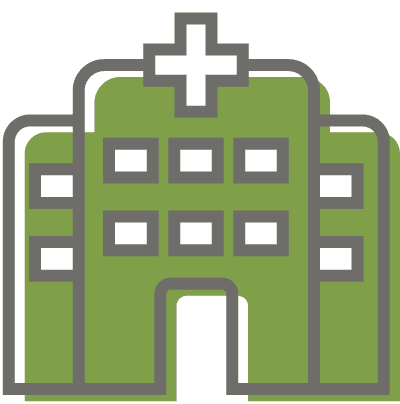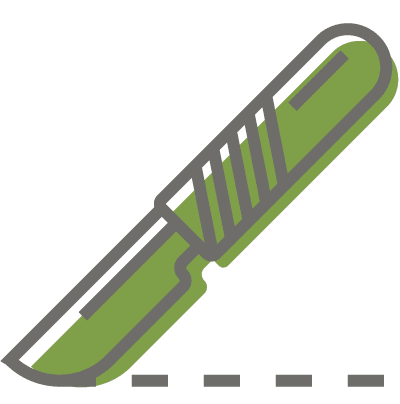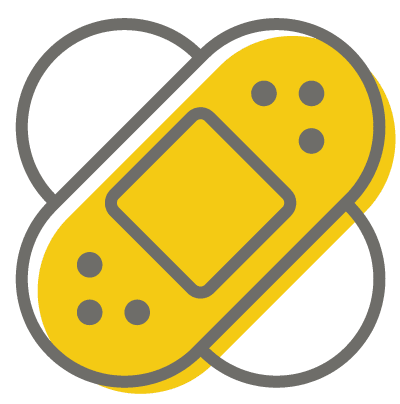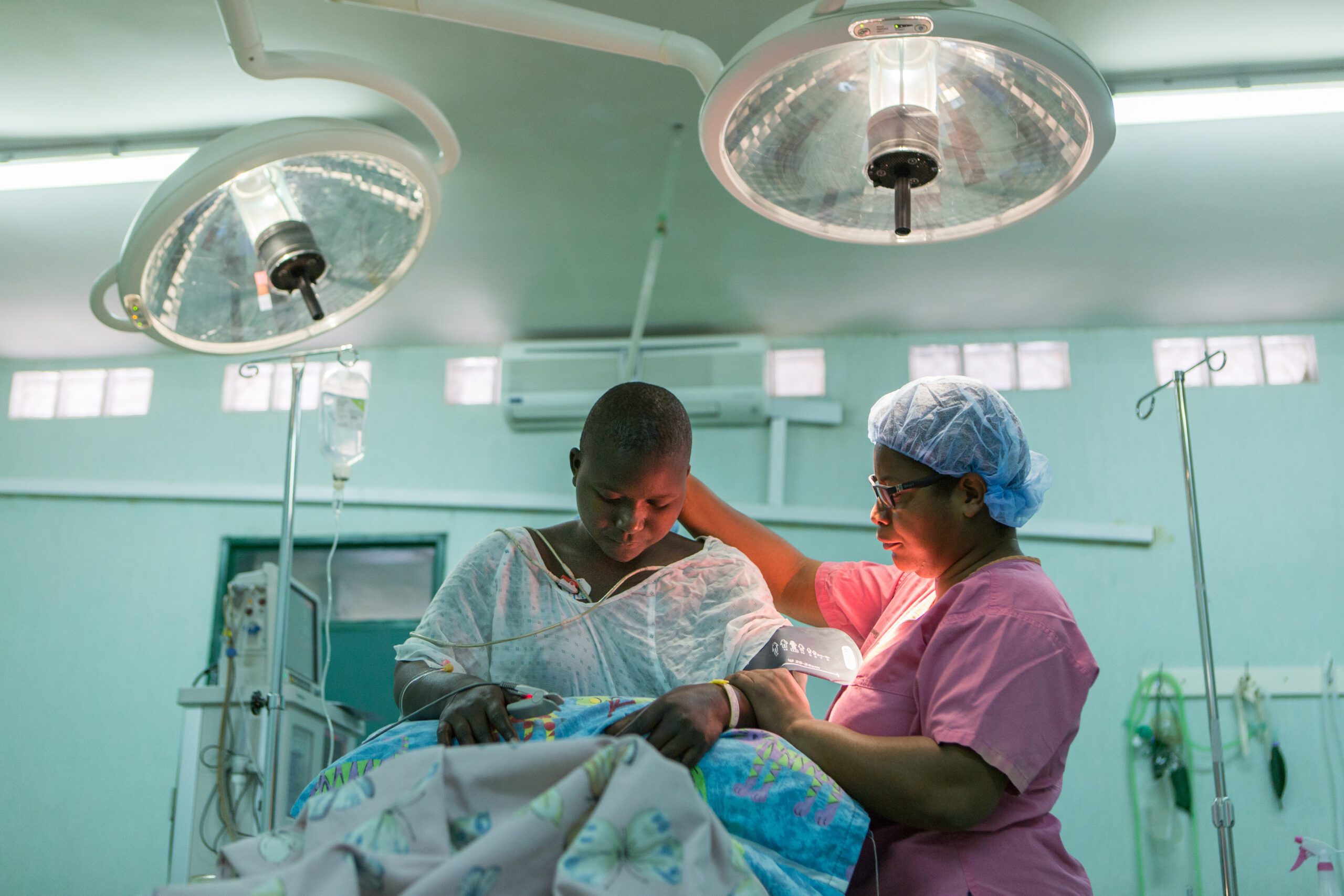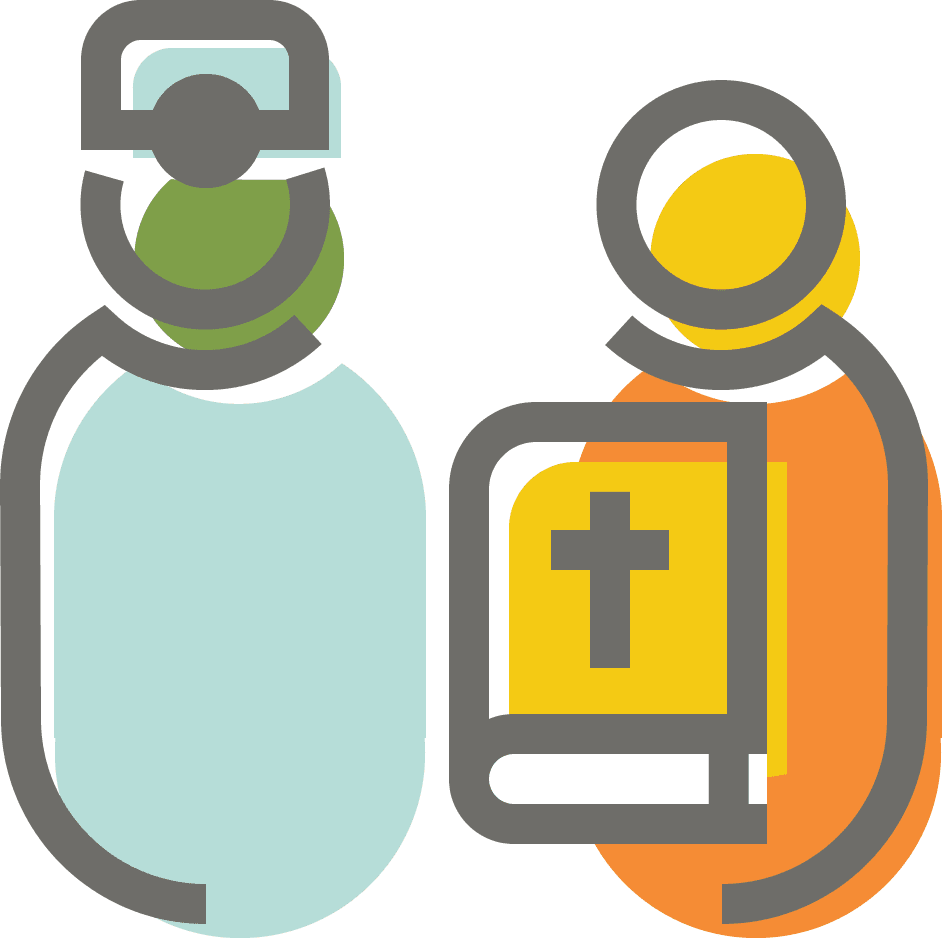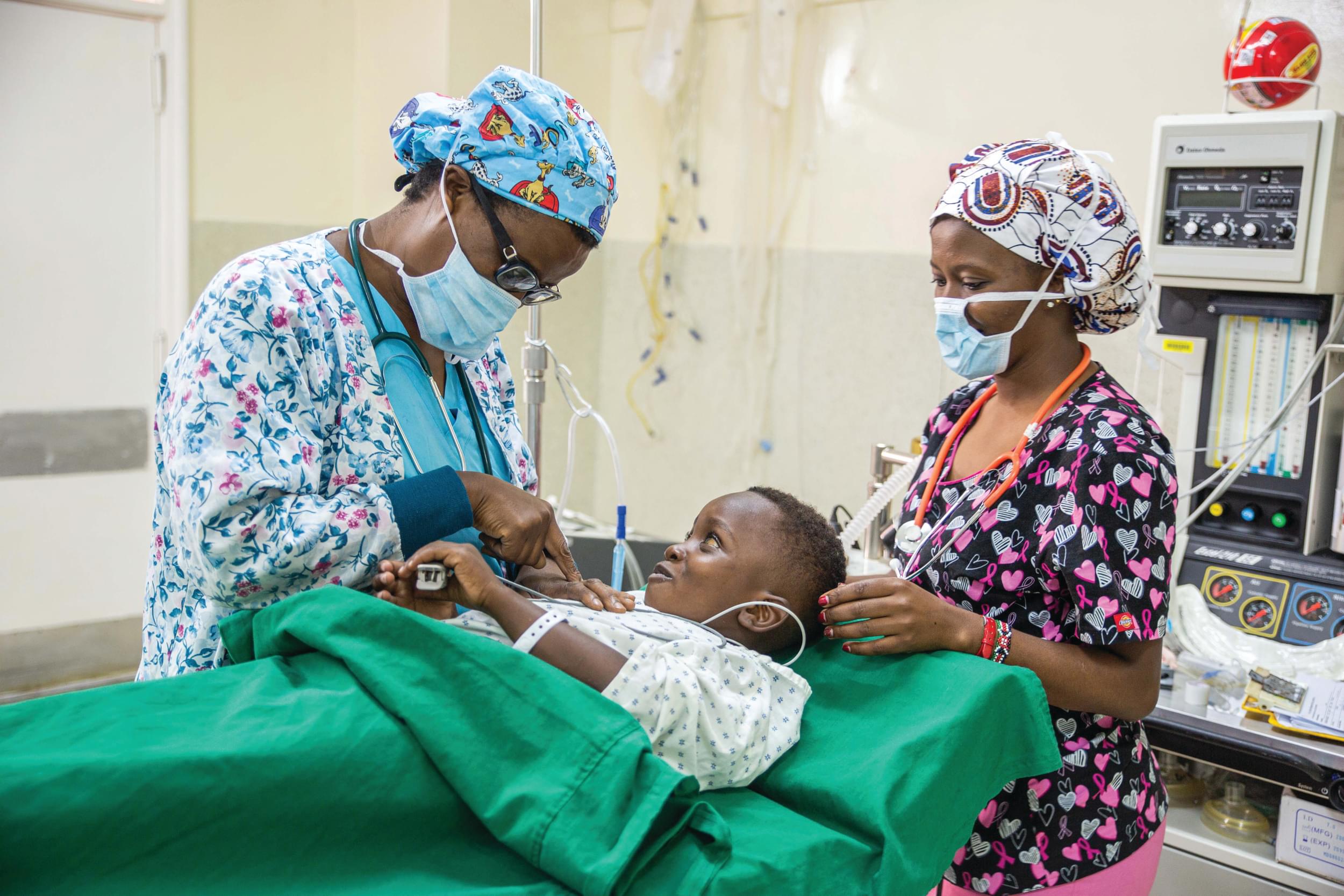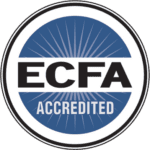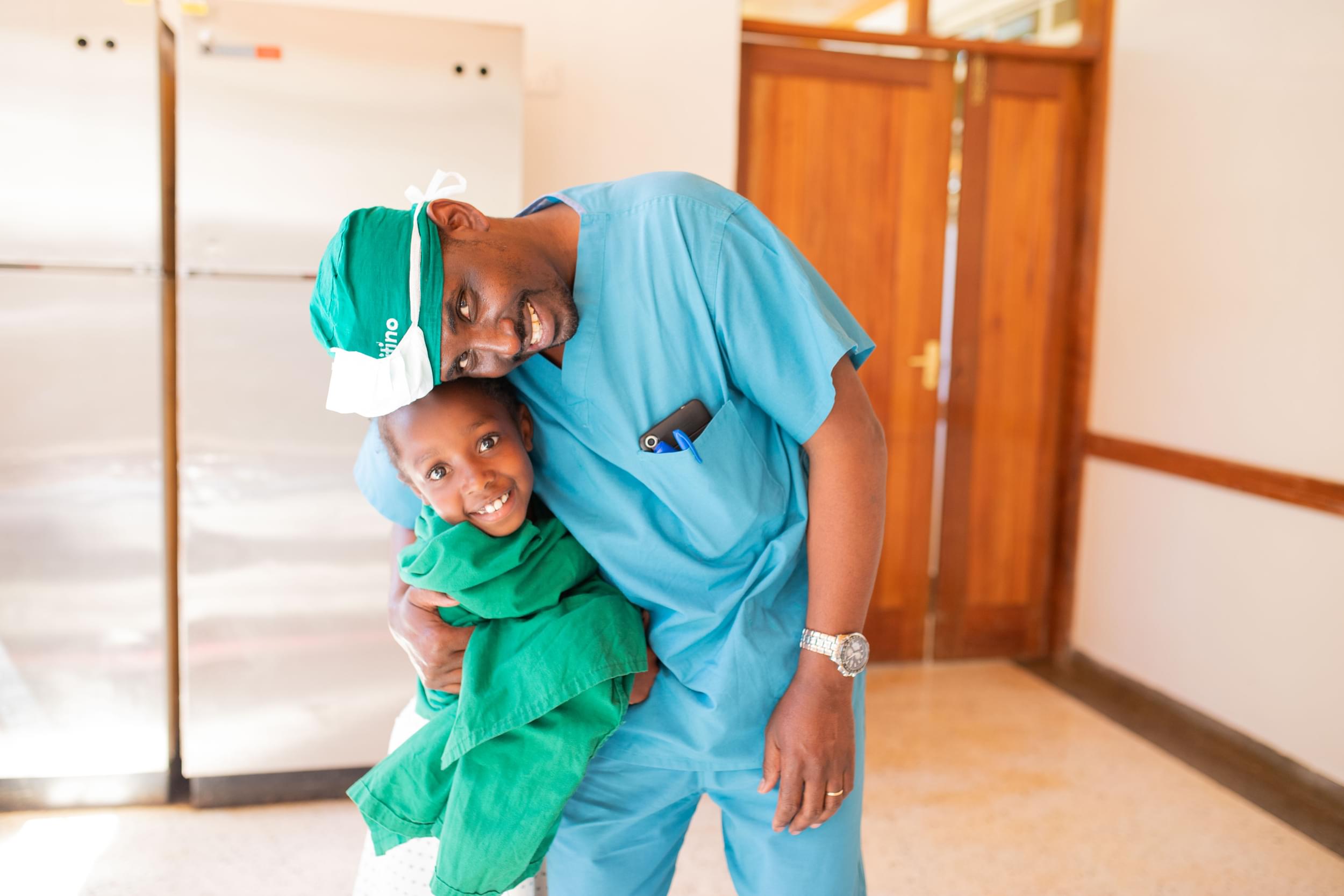Are generative pretrained transformer 4 responses to developmental dysplasia of the hip clinical scenarios universal? An international review
Abstract: There is increasing interest in applying artificial intelligence chatbots like generative pretrained transformer 4 (GPT-4) in the medical field. This study aimed to explore the universality of GPT-4 responses to simulated clinical scenarios of developmental dysplasia of the hip (DDH) across diverse global settings.
Methods: Seventeen international experts with more than 15 years of experience in pediatric orthopaedics were selected for the evaluation panel. Eight simulated DDH clinical scenarios were created, covering 4 key areas: (1) initial evaluation and diagnosis, (2) initial examination and treatment, (3) nursing care and follow-up, and (4) prognosis and rehabilitation planning. Each scenario was completed independently in a new GPT-4 session. Interrater reliability was assessed using Fleiss kappa, and the quality, relevance, and applicability of GPT-4 responses were analyzed using median scores and interquartile ranges. Following scoring, experts met in ZOOM sessions to generate Regional Consensus Assessment Scores, which were intended to represent a consistent regional assessment of the use of the GPT-4 in pediatric orthopaedic care.
Results: GPT-4’s responses to the 8 clinical DDH scenarios received performance scores ranging from 44.3% to 98.9% of the 88-point maximum. The Fleiss kappa statistic of 0.113 (P = 0.001) indicated low agreement among experts in their ratings. When assessing the responses’ quality, relevance, and applicability, the median scores were 3, with interquartile ranges of 3 to 4, 3 to 4, and 2 to 3, respectively. Significant differences were noted in the prognosis and rehabilitation domain scores (P < 0.05 for all). Regional consensus scores were 75 for Africa, 74 for Asia, 73 for India, 80 for Europe, and 65 for North America, with the Kruskal-Wallis test highlighting significant disparities between these regions (P = 0.034).
Conclusions: This study demonstrates the promise of GPT-4 in pediatric orthopaedic care, particularly in supporting preliminary DDH assessments and guiding treatment strategies for specialist care. However, effective integration of GPT-4 into clinical practice will require adaptation to specific regional health care contexts, highlighting the importance of a nuanced approach to health technology adaptation.
Level of evidence: Level IV.
